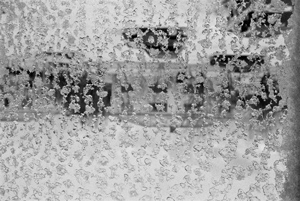I get an email awhile back:
Dear Dr Hopkins
Congratulations, your thesis record is now available via La Trobe University’s Research Online.
Access to the full text is embargoed/restricted until April 2016. [ed: that’s three years since official matriculation}
The permanent handle/URL to your thesis record in the repository is https://hdl.handle.net/1959.9/323047
Regards
Rozana
Rozana Kekovska
Research Content Officer
Research Team | Library | La Trobe University | Victoria | 3086 | Australia
T: +61 3 9479 2291 | E: R.Kekovska@latrobe.edu.au | W: latrobe.edu.au
CRICOS Provider 00115M
[aspire-signature]
Please kindly consider your environment before printing this e-mail
Warning to recipients:
This email and any attachments are confidential and subject to copyright. If you are not the intended recipient any use, disclosure or copying is unauthorised. If you have received this email in error please advise us immediately by reply email and delete all copies. It is your responsibility to examine this email and any attachments for viruses. Any personal information in this email must be handled in accordance with the Information Privacy Act 2000 (Vic).

